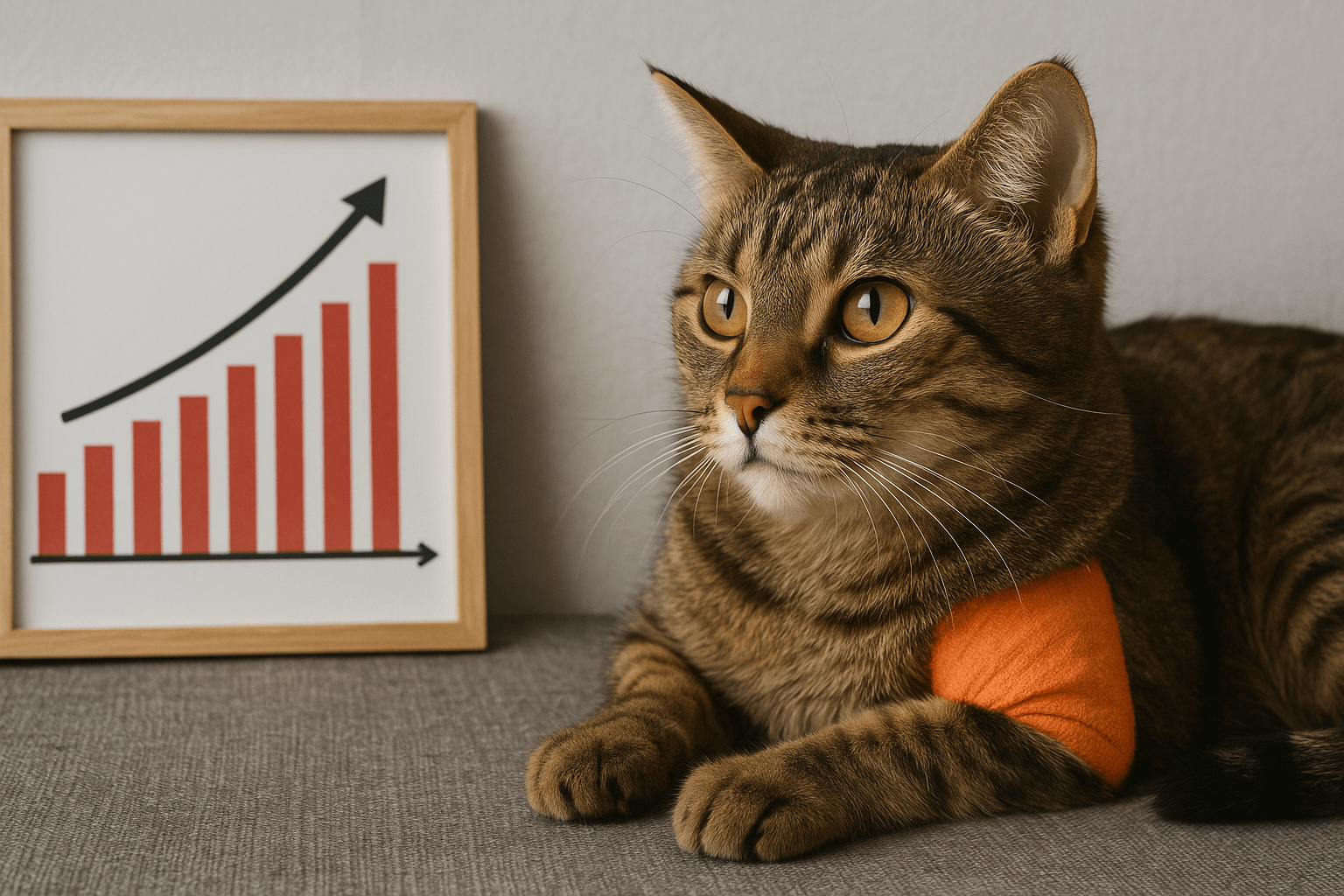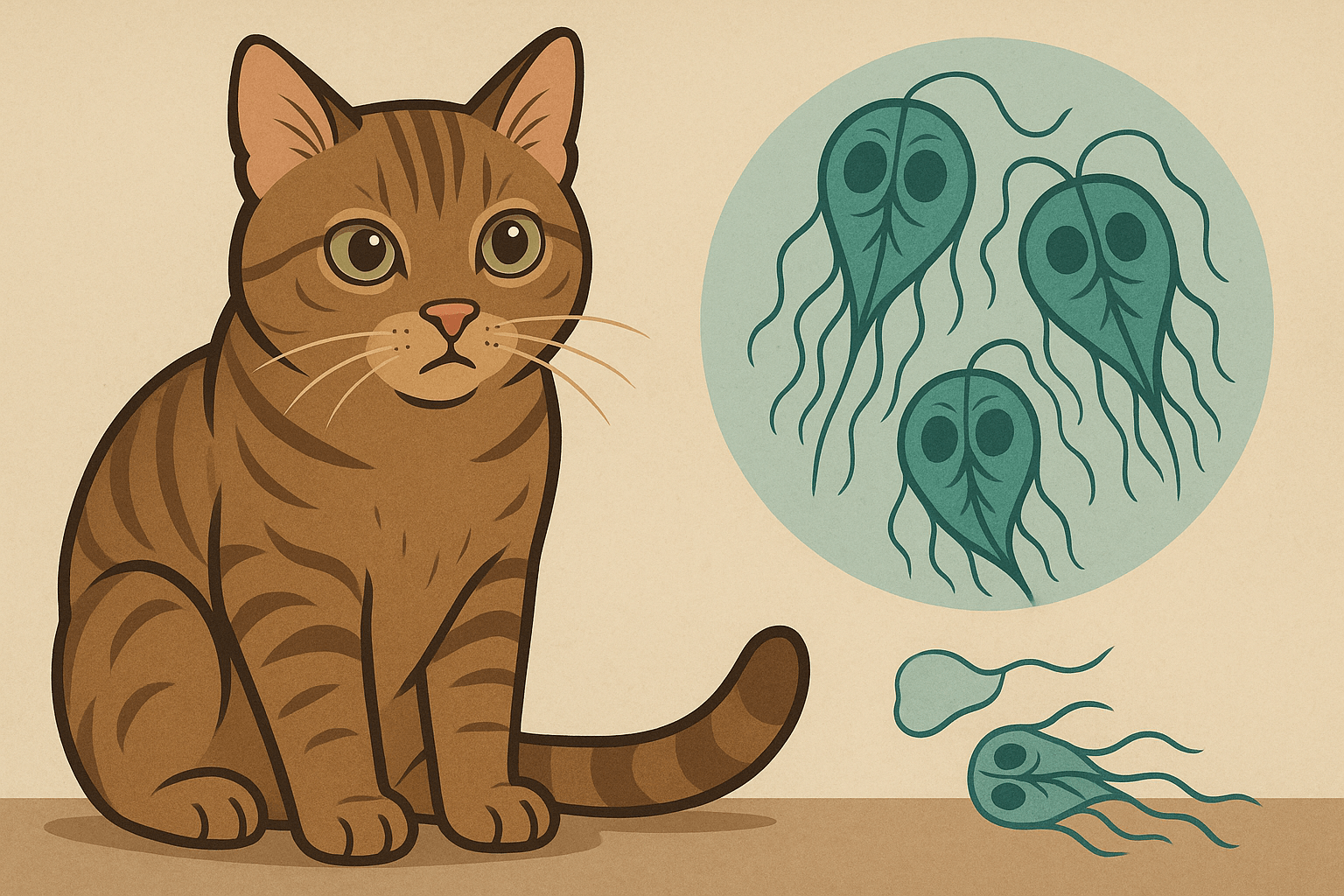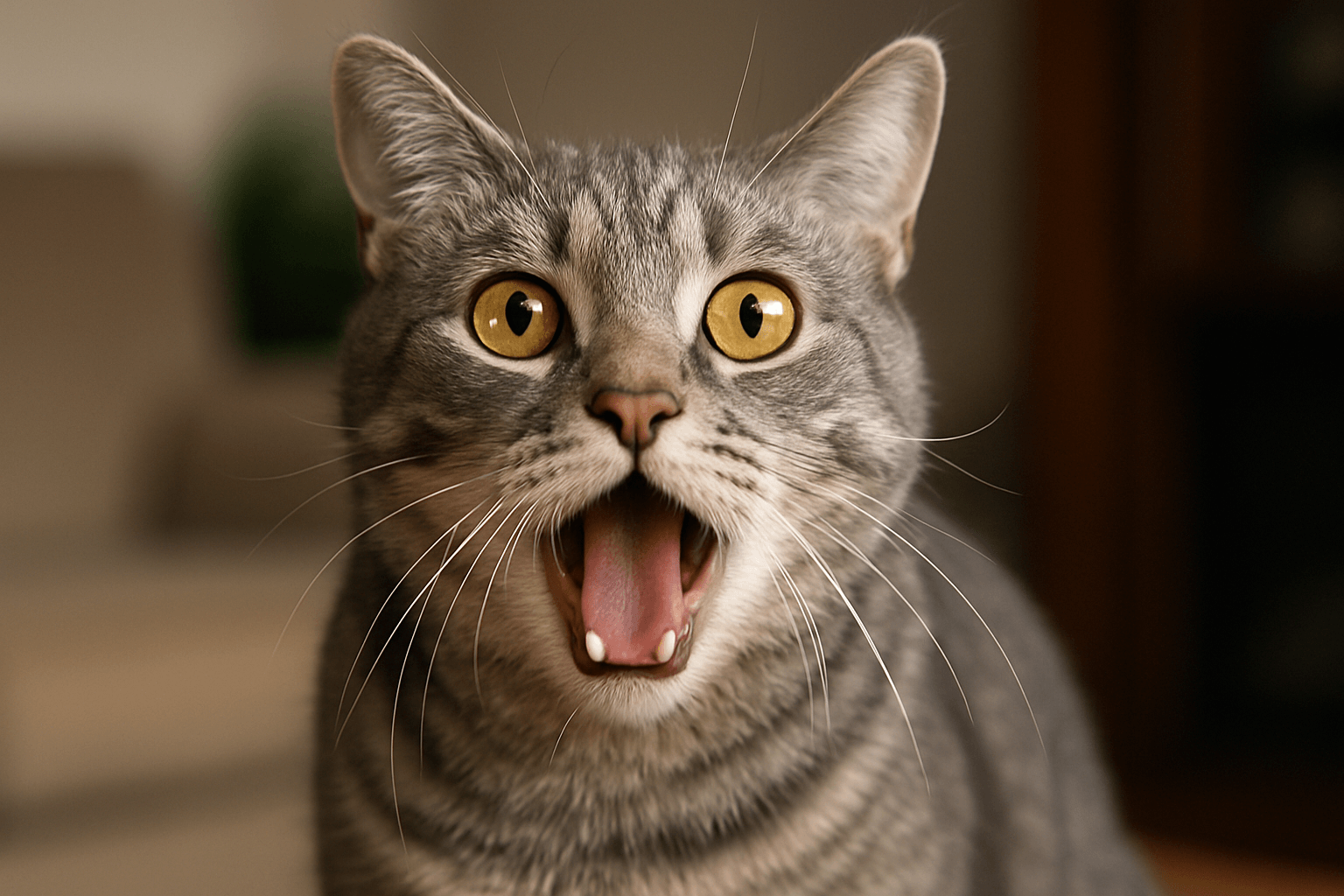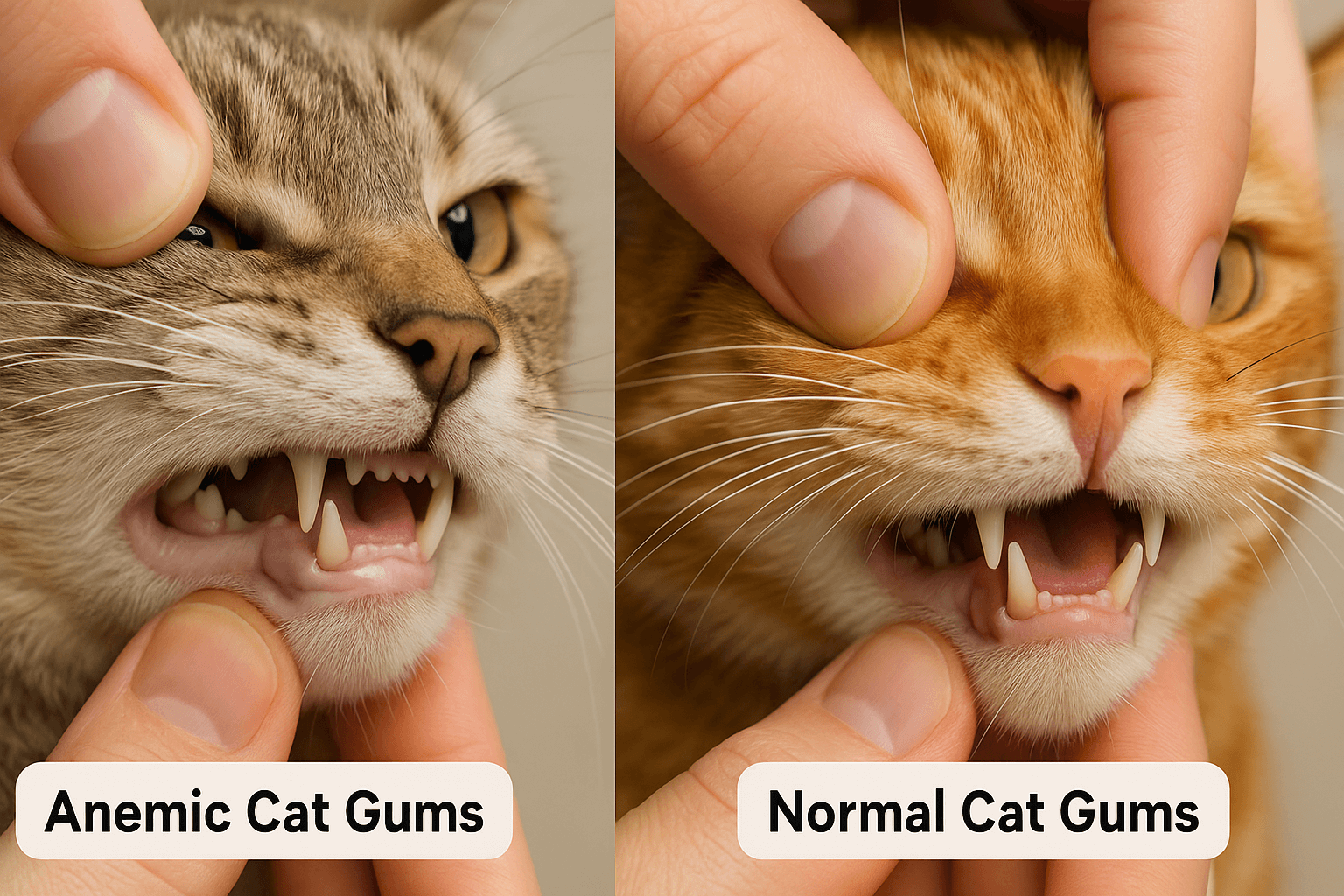Cat Liver Disease Survival Rate: What You Need to Know
Liver disease in cats is a serious condition that can affect their overall health and quality of life. While some forms of liver disease are treatable, others may require long-term management or carry a more guarded prognosis. Understanding the survival rate for cats diagnosed with liver disease is crucial for pet owners navigating this challenging diagnosis. Factors such as the type of liver disease, the cat’s age, and the timeliness of treatment all play a role in determining outcomes. In this blog post, we’ll explore the key aspects of feline liver disease, its survival rates, and how you can support your cat through diagnosis and treatment.
Types of Liver Disease in Cats and Their Impact on Survival Rates
The survival rate for cats with liver disease varies depending on the specific type of condition they are diagnosed with. Each type of liver disease has unique characteristics and treatment approaches, which influence the prognosis.
Hepatic Lipidosis (Fatty Liver Disease):
This is one of the most common liver diseases in cats, often caused by prolonged anorexia. With prompt veterinary intervention, the survival rate can be as high as 80-90%.Cholangiohepatitis:
This inflammatory liver disease can be acute or chronic. Early treatment with antibiotics and supportive care improves survival rates significantly.Liver Cancer:
Primary liver tumors in cats are rare but carry a poorer prognosis unless surgically removed. Metastatic cancer typically has a lower survival rate.Toxic Hepatopathy:
Caused by exposure to toxins, this condition’s survival depends on the severity of liver damage and the removal of the toxic agent.Portosystemic Shunts:
Congenital abnormalities like shunts can sometimes be corrected surgically, leading to improved survival rates in affected cats.
Understanding the type of liver disease your cat has is essential for predicting outcomes and tailoring treatment plans effectively.
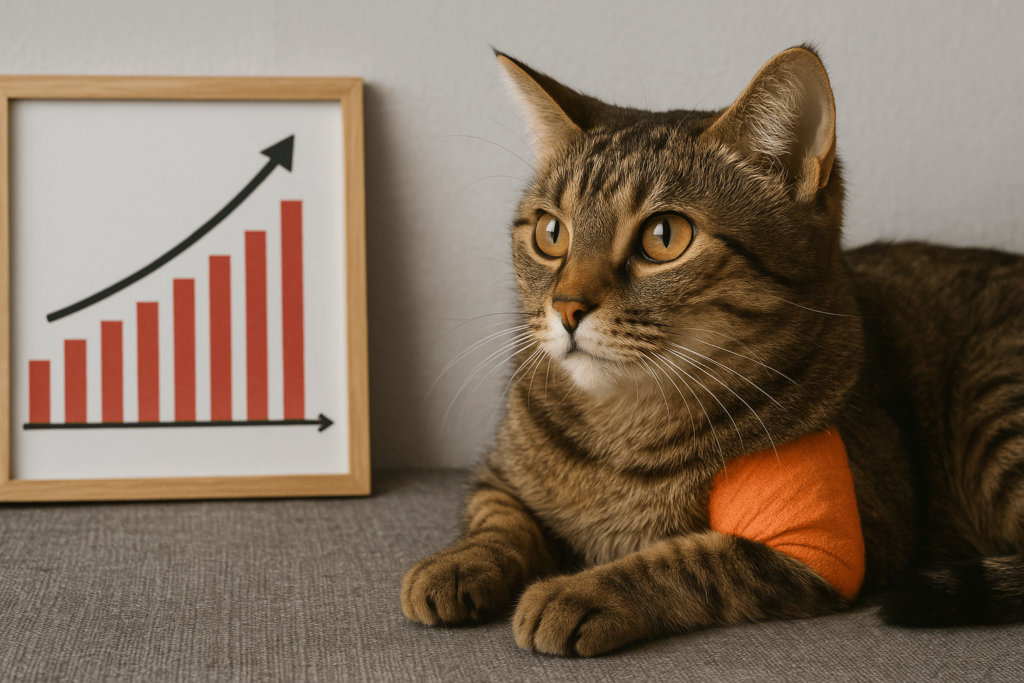
Factors That Influence Cat Liver Disease Survival Rates
Several factors contribute to the survival rate of cats with liver disease. Recognizing these influences can help pet owners make informed decisions about their cat’s care.
Early Diagnosis:
Detecting liver disease early through blood tests and imaging significantly improves the chances of successful treatment.Age and Overall Health:
Younger cats and those without underlying health conditions tend to have better survival rates compared to older or sicker cats.Severity of Symptoms:
Cats with mild symptoms, such as lethargy or reduced appetite, often fare better than those with severe jaundice or neurological signs.Response to Treatment:
A positive response to medications, dietary changes, or surgery indicates a higher likelihood of recovery.Owner Compliance with Care:
Adhering to the veterinarian’s recommendations, including medication schedules and follow-up visits, plays a critical role in improving outcomes.
By addressing these factors proactively, pet owners can maximize their cat’s chances of surviving liver disease.
Check this guide 👉High Liver Enzymes in Cats: Best 7 Expert Tip!
Check this guide 👉Liver Failure in Cats: Best 7 Expert Tips!
Check this guide 👉Can Cats Eat Raw Chicken Liver? Best 7 Expert Tips!
Prognostic Indicators for Liver Disease | Survival Rate Insights |
|---|---|
Early detection through routine check-ups | Higher survival rates with timely care |
Presence of hepatic lipidosis | Up to 90% survival with aggressive treatment |
Chronic cholangiohepatitis | Variable; depends on infection control |
Advanced liver cancer | Poor prognosis without surgical options |
Successful toxin removal | Improved survival if treated promptly |
Symptoms of Liver Disease in Cats
Recognizing the signs of liver disease early can significantly impact your cat’s prognosis. Here are some common symptoms to watch for:
Jaundice (Yellowing of Skin/Gums):
Yellow discoloration of the skin, gums, or eyes is a classic sign of liver dysfunction.Loss of Appetite:
Cats with liver disease often refuse food, which can exacerbate conditions like hepatic lipidosis.Lethargy and Weakness:
A noticeable decline in energy levels may indicate systemic issues affecting the liver.Vomiting or Diarrhea:
Digestive upset is common in cats with compromised liver function.Weight Loss:
Unexplained weight loss can signal chronic liver problems requiring immediate attention.
Being vigilant about these symptoms allows for earlier diagnosis and treatment, potentially improving survival rates.
Treatment Options for Feline Liver Disease
Effective treatment strategies depend on the type and severity of liver disease. Here are some common approaches used by veterinarians:
Fluid Therapy:
Intravenous fluids help combat dehydration and flush toxins from the body, supporting liver recovery.Dietary Changes:
A high-protein, easily digestible diet supports liver function while preventing malnutrition.Medications:
Antibiotics, anti-inflammatory drugs, or supplements like SAMe may be prescribed to manage symptoms.Surgical Intervention:
For conditions like portosystemic shunts, surgery may be necessary to correct anatomical abnormalities.Monitoring and Follow-Up:
Regular check-ups and diagnostic tests ensure treatment effectiveness and adjust protocols as needed.
Combining these treatments with attentive home care gives cats the best chance at recovery.
Common Misconceptions About Liver Disease in Cats
Misunderstandings about liver disease can lead to delays in seeking treatment. Here are some common misconceptions clarified:
“Liver disease only affects old cats.”
While older cats are at higher risk, younger cats can also develop liver issues due to genetics or toxins.“Cats will recover on their own.”
Without intervention, liver disease rarely resolves and often worsens over time.“Liver disease is always fatal.”
Many forms of liver disease are treatable, especially when caught early.“A change in diet won’t help.”
Proper nutrition is critical for managing liver health and aiding recovery.“All liver diseases are the same.”
Different types of liver disease require tailored treatments, so accurate diagnosis is essential.
Clearing up these misconceptions ensures that pet owners seek timely and appropriate care.
Preventative Measures to Reduce Liver Disease Risk
Prevention plays a vital role in reducing the risk of liver disease in cats. These measures can help safeguard your cat’s liver health:
Provide a Balanced Diet:
High-quality, species-appropriate food supports overall organ health, including the liver.Avoid Toxic Substances:
Keep household chemicals, plants, and medications out of reach to prevent accidental poisoning.Encourage Hydration:
Adequate water intake reduces the risk of urinary and liver-related issues.Schedule Regular Vet Visits:
Routine check-ups allow for early detection of potential health concerns before they escalate.Monitor Weight and Appetite:
Sudden changes in weight or eating habits can signal underlying health problems.
Taking these preventative steps minimizes risks and promotes long-term wellness.
Emotional Support for Pet Owners Dealing with Liver Disease
Caring for a cat with liver disease can be emotionally taxing for pet owners. Here are ways to find support during this challenging time:
Join Online Communities:
Connecting with other pet owners facing similar challenges provides comfort and shared experiences.Seek Professional Guidance:
Veterinarians can offer emotional support alongside medical advice, helping you feel more confident in decision-making.Practice Self-Care:
Caring for yourself ensures you’re mentally and physically equipped to care for your cat.Celebrate Small Wins:
Acknowledge progress, no matter how minor, to stay motivated throughout the treatment journey.Consider Counseling:
If the emotional burden becomes overwhelming, speaking with a counselor can provide additional coping strategies.
Emotional resilience benefits both you and your cat, fostering a supportive environment for healing.
Frequently Asked Questions About Cat Liver Disease Survival Rates
What is the average survival rate for cats with liver disease?
Survival rates vary widely based on the type of disease, ranging from 80-90% for hepatic lipidosis to much lower rates for advanced cancers.
Can liver disease in cats be cured?
Some forms, like hepatic lipidosis, can be reversed with proper treatment, while others require lifelong management.
Can liver disease in cats be cured?
With appropriate care, many cats can live months to years, depending on the severity and response to treatment.
Is liver disease painful for cats?
While not always painful, symptoms like nausea or abdominal swelling can cause discomfort that requires management.
Are certain breeds more prone to liver disease?
Siamese cats are predisposed to conditions like hepatic amyloidosis, while other breeds may have genetic predispositions.
Supporting Your Cat Through Liver Disease
While a diagnosis of liver disease can be daunting, understanding the survival rates and treatment options empowers you to make the best decisions for your cat. Early detection, consistent veterinary care, and a loving home environment are key to improving outcomes. By staying informed and proactive, you can help your feline companion navigate this challenging condition and enjoy a fulfilling life. Remember, every small step you take toward their care makes a big difference in their journey to recovery.
Giardia in Cats: Best 7 Expert Tips! Discover expert advice on identifying, treating, and preventing giardia in cats to ensure your feline stays happy and healthy.
Cat Hyperventilating: Best 7 Expert Tips! Discover signs, causes, and solutions for cat hyperventilation. Learn how to calm your cat and when to seek veterinary care for their breathing issues.
Anemic Cat Gums vs Normal: Best 7 Expert Tips! Learn to spot signs of anemia in cats, understand gum health, and ensure your feline stays happy and healthy with expert advice.
Himalayan Cat Size: Best 7 Expert Tips! Discover expert advice on Himalayan cat size, growth factors, care tips, and how to ensure your feline stays healthy and happy.

